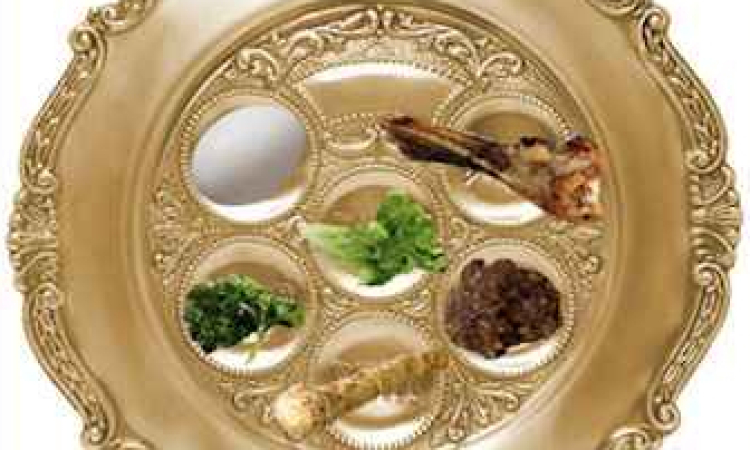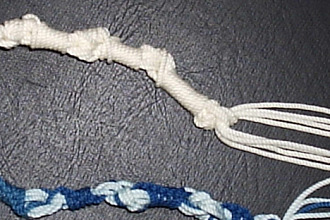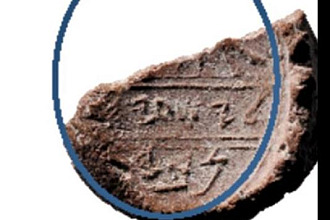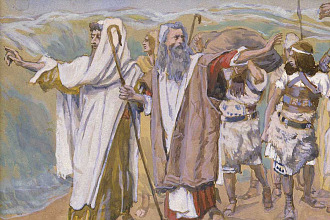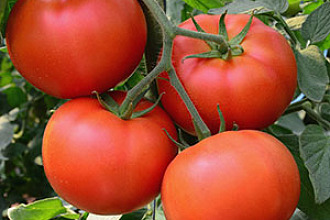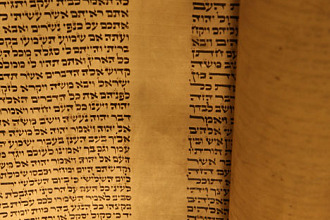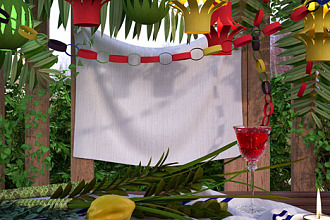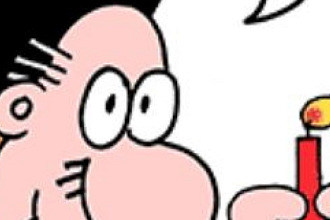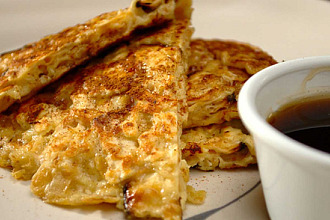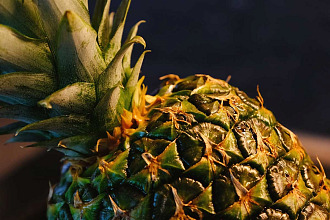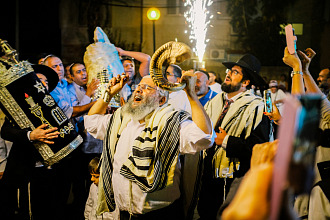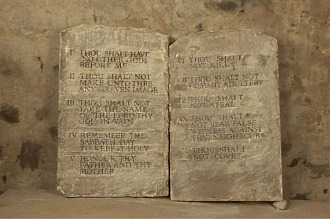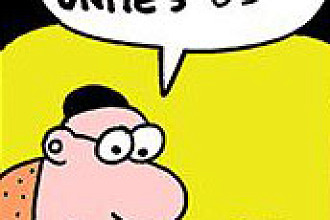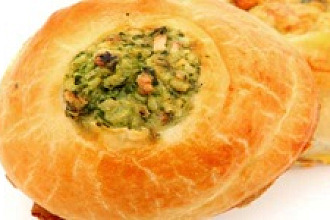A traditional Passover Seder plate has a combination of a total of six items.
This includes the maror, charoset, karpas, zeroa, beitzah and chazeret. Each of these items has its own special meaning and special significance, which is related to the events of Exodus. Given below are some of the prime symbols of the Pesach festival, including the symbolic foods. Go through each one of them in detail and explore more about this famous Jewish festival.
Symbols of Passover
Matzah
Matzah (matzoh or matsah) is the prime symbol of Passover. It is also known as the unleavened bread, which means that the preparation of this bread does not involve the use of any leavening or raising agent. During the festival of Passover or Pesach, eating of chametz (bread and leavened products) is forbidden. As per the book of Exodus, when the Hebrews fled from the tyranny and oppression of the Pharaoh of Egypt, they did not have any time to let their bread rise. Hence, they, made use of unleavened, flat bread. So, every year, on the 15th day of Nissan, it is customary for every Jew to eat matzah made of flour and water only. This is, in fact, like a symbol that reminds Jews what it was like to be poor and enslaved. It also encourages them to keep away from inflated ego and appreciate one's freedom and independence.
Maror
Maror (mar mean bitter) is one of the must-haves in a traditional Passover Seder plate and refers to the bitter herbs that are eaten in keeping with the Torah commandment. According to the religious 'Haggadah', which is a description of the customs and traditions of a Seder meal, maror is a symbolization of the bitterness of slavery in Egypt. During the meal, each person makes a special blessing over the maror and eats it by dipping in a brown mixture called the 'charoset'. 'Halakha' also recommends the exact amount and the minimum time within which one has to consume the maror.
The conventional Seder plate has two places wherein to place the maror. The first one is at the center, while the second one is at the bottom of the plate, called the chazeret. It is eaten along with the matzoh and is used for the requirement called Korech. Among the vegetables that are used as maror for the Seder plate, the most common ones are horseradish, romaine lettuce, endive, charchavinah, green onions, curly parsley and dandelion. The maror should not be preserved or cooked as this might reduce the bitterness of the vegetables.
Charoset
Charoset (cheres means clay in Hebrew) is a sweet brown thick paste made from an assortment of different fruits and nuts. This is eaten along with the maror and is served along with the Seder plate. The color and consistency of the charoset are used to symbolize the mortar with which the Hebrews bonded bricks during their enslavement in Egypt. There is a definite way of eating the charoset, as described in the Haggadah. People should dip the maror into charoset and then shake off the excess, before consuming it. This is quite popular with the kids, as it is a very tasty concoction.
Karpas
Another important symbol of Passover Seder meal is a vegetable called karpas. Usually, this is parsley or celery that is dipped in a liquid and then eaten. The commonly used liquid for this is salt water or vinegar. The main concept behind using the salt water is that it symbolizes the salty tears of the enslaved Jewish people, in ancient Egypt. The vegetables, on the other hand, symbolize the coming of spring. The eating of the karpas takes place at the start of the Seder meal. This, according to some, also symbolizes the dipping of Joseph's tunic into the blood of his brothers.
Zeroa
Another important part of the Seder meal is the Zeroa or the Z'roa. This is actually a lamb shank bone, roast chicken wing or chicken neck. It serves as a visual reminder of the Pesach sacrifice in Jerusalem, wherein a lamb was offered in the temple, roasted and eaten as part of the Seder meal. This sacrifice was carried out the night the enslaved Hebrews fled from the tyranny and oppression of the Pharaoh of Egypt. Zeroa is not eaten, but stored for the second night of Seder. It can be purchased from any Kocher butcher shop and is roasted over an open flame. It should be kept in mind that all the meat from the bone should be removed.
Beitzah
Beitzah is a hard-boiled egg, which forms an integral part of the Jewish Seder meal and represents the festive sacrifices that was done in the days of the Temple. Some even connect the Beitzah with the mourning of the loss of two temples, one destroyed during 586 BC by the Babylonians and the other by the Romans in 70 BC. The egg also symbolizes the beginning of a new life or a new beginning, as was the case with the Hebrews at the time of Exodus from Egypt.
Chazeret
Chazeret is another type of maror and mostly consists of bitter vegetables like lettuce, radish etc.
Wine
During the Seder meal, four glasses of wine are poured. They symbolize the four main stages of Exodus, which ultimately led the Hebrew slaves to a land of freedom and happiness. These four stages were freedom, deliverance, redemption and release.
Originally from here
Posted on Shalom Adventure by: Barbara Zaremsky
Picture from here

